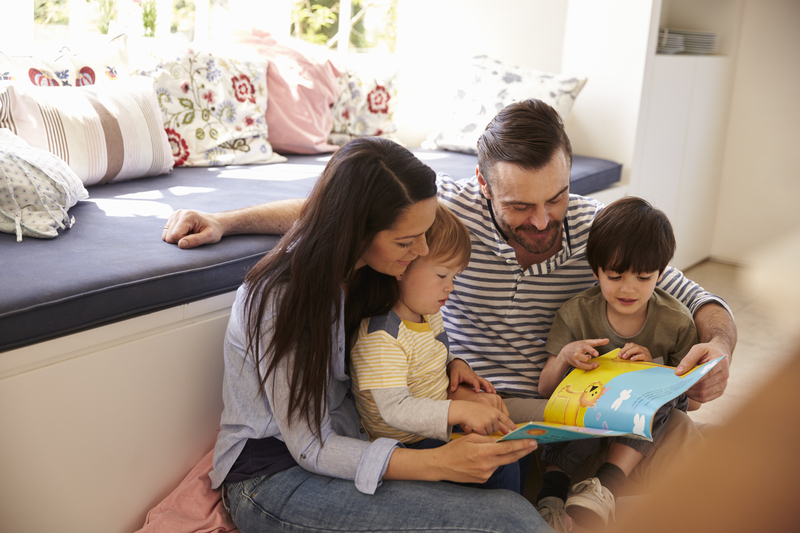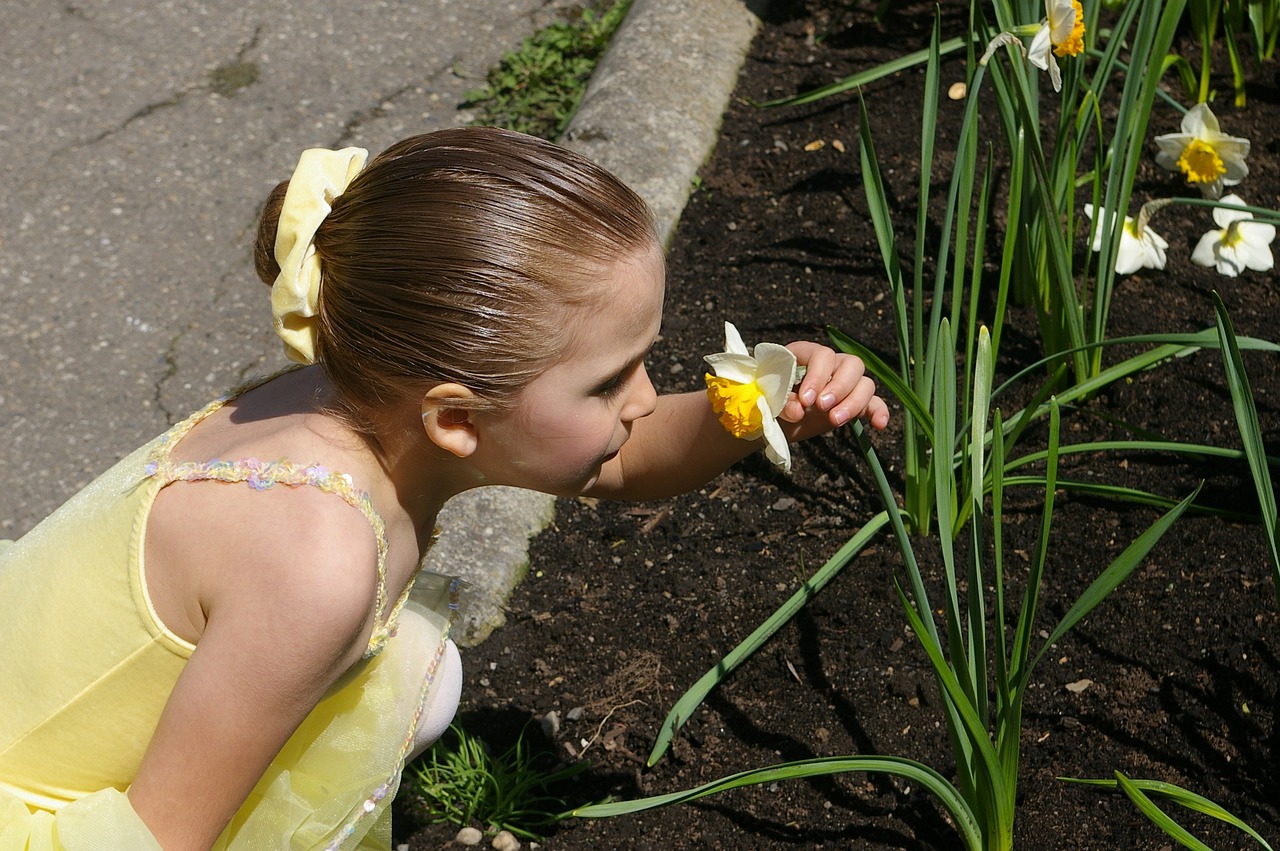Natalia Kucirkova is a literacy researcher at the University of Stavanger and at The Open University. Natalia studies social justice in early childhood literacy, focusing on the role of technology in children’s reading and agency. She is also examining how children engage their senses when reading. Annie Brookman-Byrne talks with Natalia about changes in reading research – and a possible future in which children learn with edible books.
Annie Brookman-Byrne: Many adults wonder whether print or digital books are better for children. What does the research say?
Natalia Kucirkova: Numerous studies have compared print and digital books, but what really matters is why, how, and what children read. It is now widely acknowledged that comparing print books with digital books is akin to comparing apples and oranges, especially since digital media are constantly evolving.
Instead of undertaking such a comparison, we have shifted our attention towards investigating specific attributes inherent in each medium. Researchers are trying to understand how various features align with the purpose of reading. For example, do interactive features help children learn more? We’re also looking at the unique preferences and needs of individual children and at the contextual factors surrounding reading, such as the environment and adult support.
ABB: Which aspects of reading are you most excited to learn more about?
NK: I am fascinated by so-called ‘sensory reading’. Children are confronted with an overwhelming array of options in digital books, which are replete with multimedia features that bombard the senses with intense visuals, sounds, and interactive elements. I am looking at children’s sensory preferences when they engage with diverse types of books, content, and formats. How do children’s choices about which senses to involve influence their reading? These choices are really important, because they can help children make progress towards their reading goals. The ability to make optimal choices that strike a balance in terms of sensory interplay is crucial in fostering the development of discerning and thoughtful readers.

ABB: How does your research go beyond vision, sound, and touch to incorporate other senses?
NK: To take one example, in a recent study in semi-urban Malawi I looked at the influence of olfaction (the sense of smell) on children’s spoken and drawn stories in local classrooms. The experiences of these children are very different from children's experiences in Norway, where most of my work investigating children’s engagement of smell in reading has taken place. Children’s smell preferences are partly inborn traits, but also cultural, influenced by daily experiences in local environments. This is an exciting new line of research; traditional literacy studies tend to frame differences in terms of literacy achievements or reader engagement, rather than exploring things like the impact of ambient smells on reading experiences.
When it comes to comprehending the significance of the hidden senses – those not typically associated with reading – on children’s reading experiences, we have only scratched the surface. I’m excited to explore not only the sense of smell, but also taste and proprioception – our sense of our body in the world. There are so many unanswered questions.
ABB: What does the future hold
for this research field?
NK: My hope is that research will prioritize exploring embodied experiences in reading. I’d love to see the field acknowledge that reading engages the entire body rather than merely residing in the brain as a cognitive process. This will help us gain a better understanding of how reading relates to other life skills, and of how reading influences cognitive, social, emotional, and overall well-being.
ABB: How might books effectively stimulate the hidden senses in the future?
NK: One intriguing concept is edible books. Created from dehydrated vegetable peel, they would directly stimulate children’s taste buds while immersing the child in an exciting story – about broccoli, for instance. This could promote both healthy eating and healthy reading habits. I hope to see edible books like this developed soon, and children and adults might also be inspired to create their own stories using a variety of materials. I’ve done this with my own children, using fruit, vegetables, and rice flour.
In the current era of automated content generation, it is crucial for children to play a more active role in the resources designed for them. Challenging conventional notions of literacy by engaging children’s sight, hearing, taste, smell, touch, and proprioception as they read, we can give children agency and foster their enjoyment of reading in previously unexplored ways.
Footnotes
This interview was originally published on BOLD, the digital platform on learning and development.
Read more about Natalia’s research on sensory books on the University of Stavanger website.
This interview has been edited for clarity.




Rate and Review
Rate this article
Review this article
Log into OpenLearn to leave reviews and join in the conversation.
Article reviews